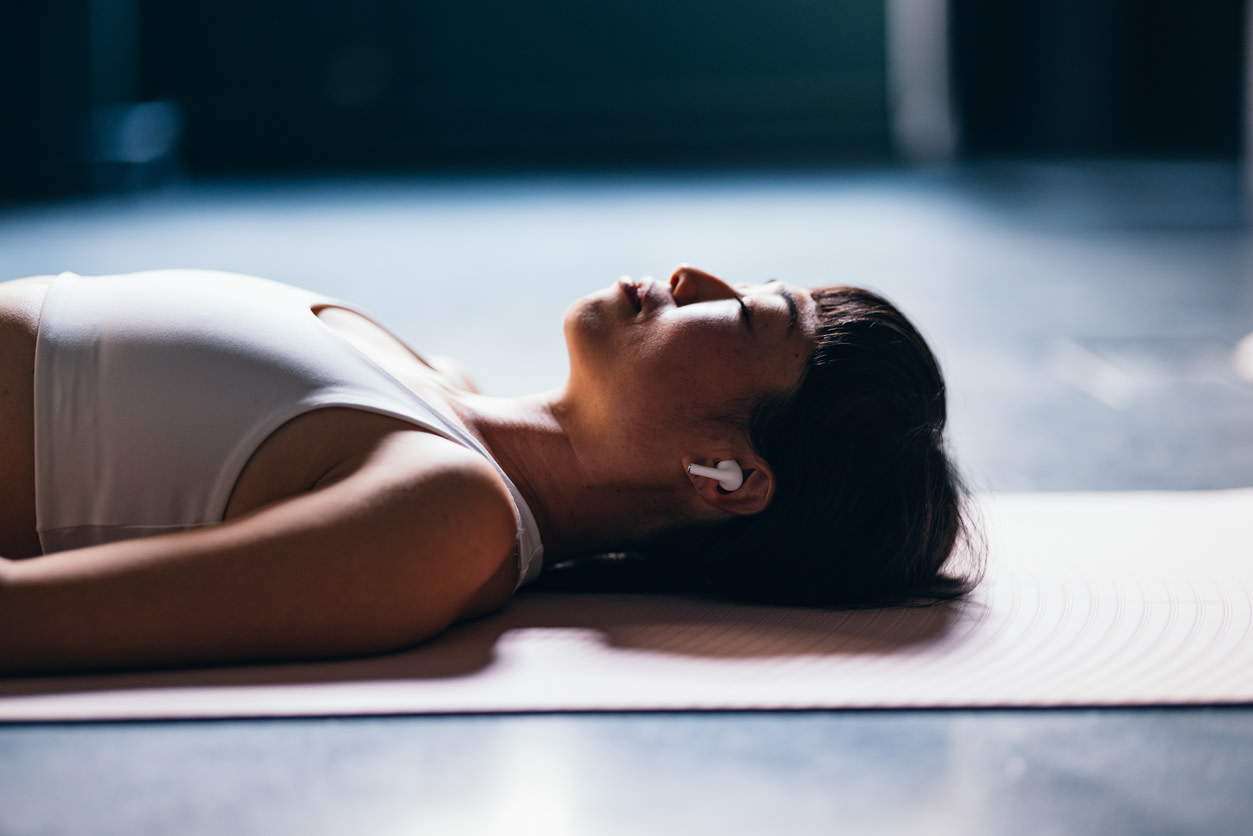Breathing Exercises for Pelvic Floor Muscle Relaxation and Flexibility
Breathing exercises can improve your pelvic health. Learn effective breathing exercises for pelvic floor muscle relaxation and flexibility.
$0 costo para usted
Última actualización: Sep 1, 2025
El índice
Fully Covered Pelvic Care
Find relief from pelvic pain, leakage, muscle weakness, & more.
Check if I'm eligiblePelvic Floor Exercises
/for-individuals →- Bridge
- Cat and Cow
- Abdominal Bracing with Heel Slide
- Hooklying Kegel
